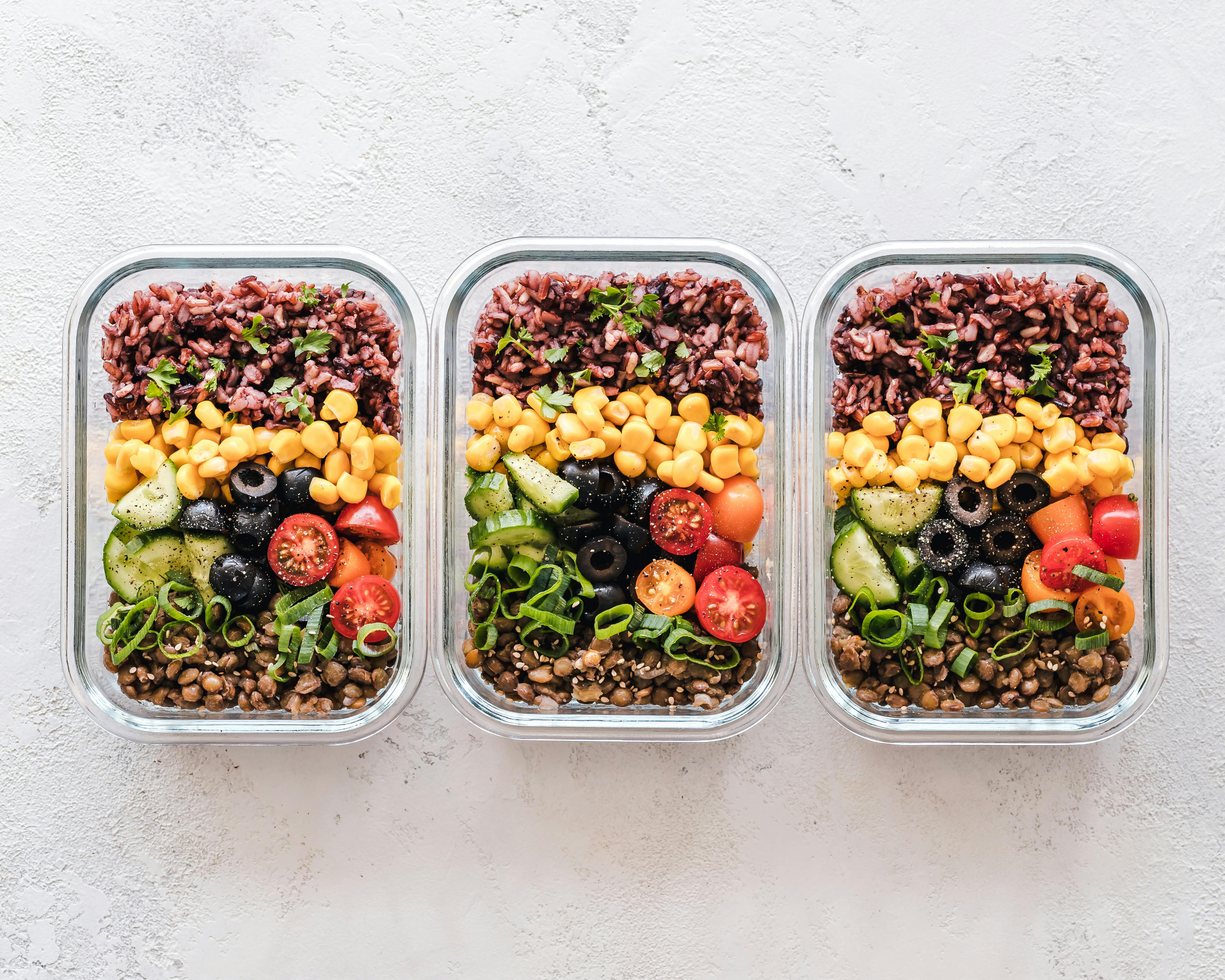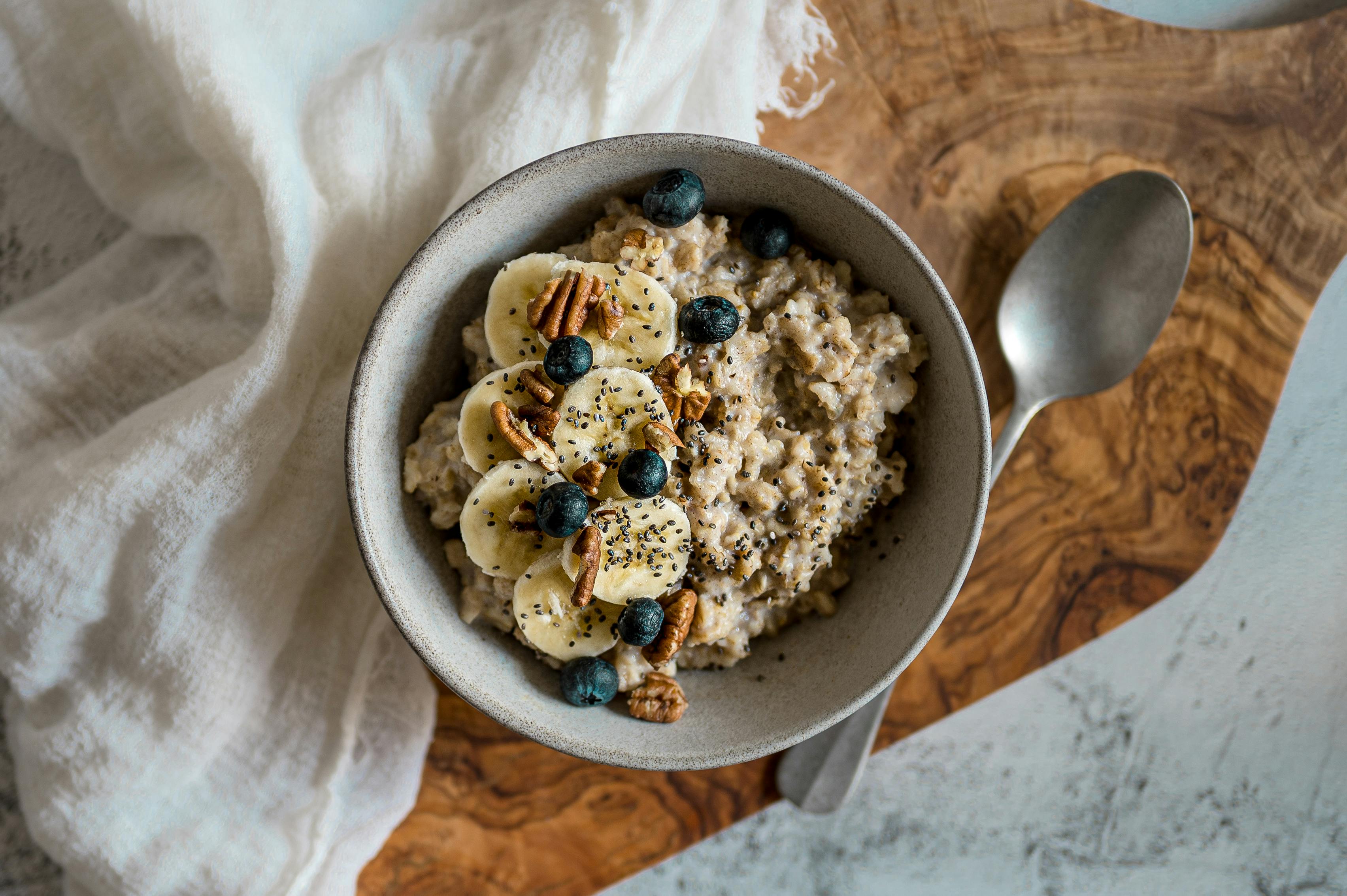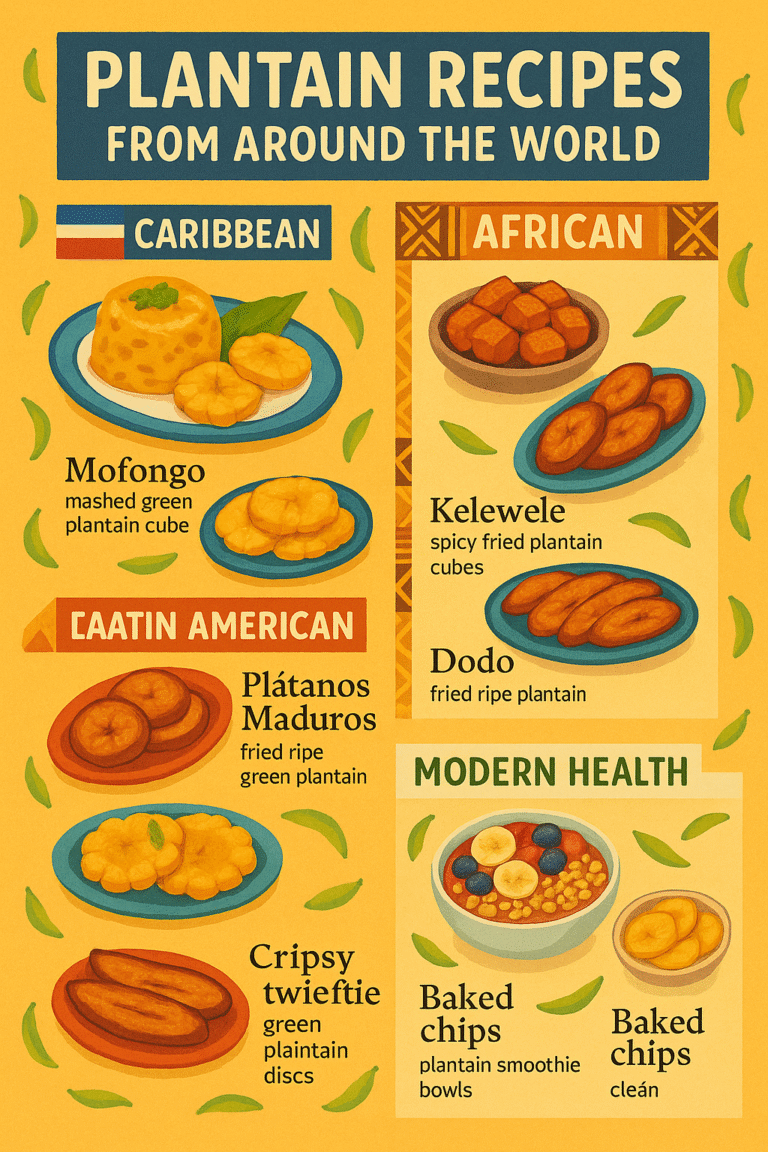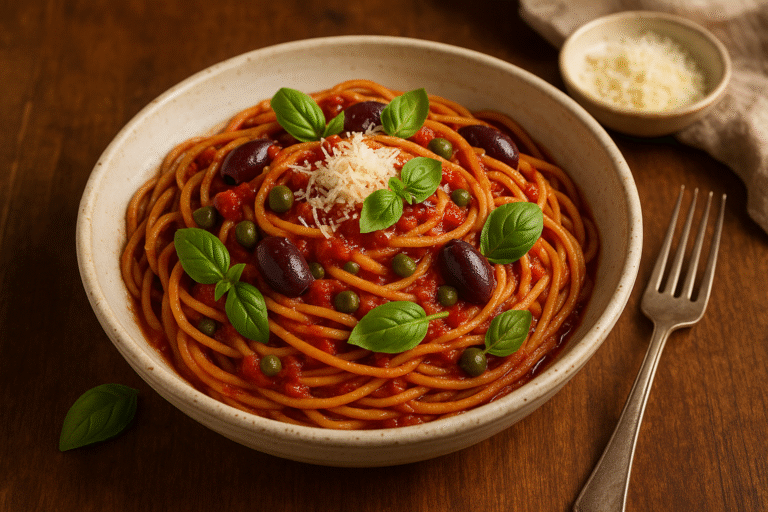A “plant-based recipe” appeals to many who seek clean energy and balanced nutrition from whole foods. Canadian ingredients offer regional character and nutrient-rich options, delivering quality and taste. Wild blueberries and pure maple syrup are known for their antioxidants and natural sweetness. The following recipes focus on clear wellness benefits with simple preparation: a Wild Blueberry & Chia Breakfast Bowl and Maple-Glazed Brussels Sprouts with Thyme. These dishes highlight local produce and support a healthy routine, supporting your daily goal to eat better. For guidance on ingredient quality and diet variety, visit how to use whole foods for wellness.
Benefits of Canadian Plant-Based Eating:
Plant-based eating in Canada incorporates native crops, local produce, and regional methods. These choices maximize nutrition and flavor while supporting simple, accessible recipes. Each ingredient offers a unique health benefit.
Nutrient-Dense Traditional Canadian Ingredients – Recipes
Many Canadian-grown foods pack dense nutrition. Wild blueberries, lentils, oats, and root vegetables are common in classic plant-based recipes. These options deliver vitamins, fiber, and minerals per serving:
- Wild blueberries provide vitamin C and manganese.
- Lentils supply iron and plant-based protein.
- Oats give steady-release carbohydrates and beta-glucan fiber.
- Root vegetables—like carrots and beets—boost antioxidant and vitamin A intake.
Using local produce in your routine supports nutrient diversity. You build a balanced plate with ingredients grown in Canadian soil.
 Photo by Ella Olsson
Photo by Ella Olsson
Canadian Plant-Based Recipe Guide for Healthy Living- Antioxidant and Omega-3 Rich Foods
Antioxidant-rich foods help defend against cellular stress. Canadian plants such as wild blueberries, cranberries, and dark leafy greens add vital phytonutrients. They keep inflammation in check and support immune function.
Omega-3 fatty acids also play a critical role. Chia seeds, flaxseeds, and walnuts—often featured in plant-based recipes—offer plant-based omega-3s (ALA). Including them maintains brain, heart, and skin health. Eating for beauty starts with these sources, as outlined in the Best Foods for Skin According to Dermatologists.
Supporting a Detox Lifestyle
Plant-based eating allows your body to use nutrition efficiently. High fiber and water-rich vegetables, like Brussels sprouts and beets, help the body clear waste. Fresh herbs such as parsley and thyme add cleansing properties to meals.
Choose foods that aid in natural detox:
- Leafy greens sweep the digestive tract with fiber.
- Cruciferous vegetables activate antioxidant pathways.
- Berries and apples provide pectin and polyphenols for liver support.
Sustaining this approach gives you ongoing benefits. A plant-based recipe built on Canadian ingredients supports daily clean, balanced living.
Wild Blueberry & Chia Breakfast Bowl: Recipe and Benefits
You can prepare a wild blueberry and chia breakfast bowl with simple, whole ingredients in minutes. This plant-based recipe brings Canadian flavors and dense nutrition to your morning. Wild blueberries and chia seeds combine for a nutrient-rich, easy-to-digest meal. Both add natural color, fiber, and essential fatty acids to your breakfast.
How to Make the Wild Blueberry & Chia Breakfast Bowl
 Photo by eat kubba
Photo by eat kubba
You will need wild blueberries, chia seeds, plant-based milk, and simple toppings. Bring these core ingredients together in a few steps:
- Add three tablespoons of chia seeds to 1 cup of plant-based milk.
- Mix well and let sit for at least 15 minutes, or overnight, to thicken.
- Stir in 1/2 to 1 cup of wild blueberries (fresh or frozen).
- Top with sliced banana, unsweetened coconut, or a handful of nuts for added texture.
- Optionally, drizzle a little maple syrup for subtle sweetness.
This bowl sets a strong foundation for a healthy morning meal. Explore this plant-based breakfast recipe for more variations and tips.
Why Wild Blueberries and Chia Are a Superfood Pair
Wild blueberries and chia seeds both rank high in the superfood category. Blueberries contain anthocyanins, a type of antioxidant found in deep-blue pigments. Chia seeds contribute plant-based omega-3 fatty acids and dietary fiber.
These two foods support each other well:
- Blueberries promote cell protection with bioactive compounds.
- Chia seeds add soluble fiber that prolongs fullness.
- The pair offers complete vitamin C, manganese, and iron from a single bowl.
Both ingredients are native to North America and widely available. They combine color, flavor, and nutrition without processed sugars or isolated additives. Blended in a bowl, they create a plant-based recipe that is both simple and efficient.
Brain-Boosting and Heart-Healthy Advantages in your Recipe
A routine with wild blueberries and chia seeds supports cognitive and cardiovascular health. Blueberry anthocyanins help reduce oxidative stress. Chia seeds lower LDL cholesterol and provide plant omega-3s (ALA). The mix delivers antioxidant and anti-inflammatory effects essential for daily vitality.
Evidence supports these benefits:
- Research on the effects of anthocyanins shows that blueberries may improve memory and mental clarity. For more, see this blueberry chia bowl.
- Chia seeds contribute to stable blood sugar and heart health.
- Both foods help control appetite and encourage balanced gut function.
When you use whole, unprocessed ingredients for your breakfast, it works for your body and mind. The Wild Blueberry & Chia Breakfast Bowl is a direct, science-backed option for any plant-based recipe routine.
Maple-Glazed Brussels Sprouts with Thyme: Recipe and Benefits
Maple-glazed Brussels sprouts offer a balanced plant-based recipe with substantial nutritional value. The use of thyme and maple syrup brings deep flavor and classic Canadian character. Each element in this dish supports health while highlighting the benefits of local, seasonal produce.
Simple Steps for Maple-Glazed Brussels Sprouts – Recipe
 Photo by Anastasia Shuraeva
Photo by Anastasia Shuraeva
Maple-glazed Brussels sprouts are easy to prepare using basic kitchen techniques. The method emphasizes whole ingredients.
- Preheat your oven to 425°F (220°C).
- Trim and halve 1 pound of fresh Brussels sprouts.
- Toss them in 2 tablespoons of pure maple syrup, one tablespoon of olive oil, and one teaspoon of fresh thyme leaves.
- Spread the sprouts in a single layer on a baking sheet.
- Roast for 20-25 minutes until the edges caramelize and become crisp.
This process creates a sweet and earthy profile. Caramelization improves both flavor and texture. Read this step-by-step guide to maple-thyme roasted Brussels sprouts for more detailed instructions and variations.
Cruciferous Power: Detox and Immune Support
Brussels sprouts are a member of the cruciferous family of vegetables. They contain high concentrations of phytonutrients and fiber and support detox functions by stimulating natural cleansing pathways.
Key benefits include:
- Antioxidants that support cell health and defense.
- Fiber that helps regulate digestion and maintain stable blood sugar.
- Glucosinolates help clear harmful substances from the body.
Eating a plant-based recipe with Brussels sprouts may give broader immune support. Studies suggest a link between cruciferous vegetables and reduced risk of certain cancers and infections. Their active compounds protect the immune system and may slow age-related decline. Find more about these effects in cruciferous vegetable health research.
The Wellness Boost from Thyme and Maple – Recipe
Thyme brings more than flavor to a plant-based recipe. This herb supplies vitamin C, A, and bioactive oils with antioxidant features. Thyme’s compounds may help manage inflammation and support the body’s natural defenses.
Instead of refined sugars, Maple syrup adds trace minerals and polyphenols. It has a lower glycemic index compared to many processed sweeteners. Maple syrup also offers antioxidants, which contribute to lower inflammation levels. You get a deep taste without most of the drawbacks linked to added sugars.
- Thyme may support respiratory health and reduce oxidative stress, as outlined in thyme’s health benefits.
- Maple syrup delivers key nutrients and antioxidant defenses, which are discussed in this overview on maple syrup nutrition.
Both thyme and maple add nutrient density and a distinctive Canadian flavor. For extra details on incorporating herbs and sweeteners into balanced meals, explore how to use whole foods for wellness.
Tips for Living a Healthy Plant-Based Lifestyle in Canada
Living a plant-based lifestyle in Canada means working with what’s local, fresh, and accessible. You balance nutrition, cost, and cultural flavors by making wise choices at every meal. These steps help you build habits that support long-term health and sustainability.
Making Plant-Based Staples Easily Accessible
Start with foods that are easy to find and store. Canadian stores typically offer a strong range of beans, lentils, oats, nuts, frozen berries, and whole grains. Keeping these pantry items on hand lets you build meals quickly, no matter the season.
- Stock bulk beans and lentils for protein and fiber.
- Choose rolled oats for breakfast, baking, and quick meals.
- Pick larger packages of nuts, seeds, and whole grains to save money.
- Buy frozen wild blueberries and mixed vegetables for year-round use.
Batch-cooking helps reduce time spent in the kitchen. Prepare large portions of rice, grains, or chili and portion them for the week ahead. This method is standard in other healthy eating patterns, as discussed in the Mediterranean diet benefits and tips.
 Photo by Nicola Barts
Photo by Nicola Barts
Seasonal Eating and Local Produce
Seasonal eating means prioritizing foods grown in your area at each time of year. In Canada, this habit increases nutrient intake and supports local farmers. Late summer brings tomatoes, beans, and corn. Winter means more storage crops: squash, carrots, and cabbage.
Benefits of seasonal eating:
- Higher nutrient density from fresh produce
- Lower costs due to local abundance
- Less environmental impact from shorter transport routes
Farmers’ markets or Community-Supported Agriculture (CSA) boxes offer a practical path to discovering new local vegetables and fruits. This approach keeps your plant-based recipe routine diverse and nutrient-rich.
Mindful and Intuitive Approaches to Plant-Based Eating
Mindful eating means paying attention to your body’s needs at every meal. Intuitive eating centers on natural cues—hunger and fullness—not strict calorie tracking. Both increase meal satisfaction and prevent waste or overeating.
- Eat without distractions, focusing on flavors and textures.
- Prepare small portions and return for more if needed.
- Use hunger as your first guide, not habit or outside cues.
- Recognize comfort and emotional eating patterns to support proper health.
A mindful plant-based recipe approach can also help manage chronic conditions. Articles such as Natural Ways to Battle Chronic Fatigue Syndrome cover the benefits of non-diet strategies.
Leveraging Canadian Flavors Year-Round
Use Canadian flavors to enrich your plant-based meals. Maple syrup, wild berries, fresh dill, and root vegetables play central roles. These ingredients offer taste and nutritional benefits and naturally fit into a plant-based recipe.
- Add wild blueberry compote to porridge in winter.
- Use roasted maple squash as a side dish in fall.
- Mix fresh dill into lentil salads for brightness in summer.
- Try cranberry and nut toppings on hearty grain bowls.
Fresh or preserved, Canadian-grown foods allow you to create simple, affordable, and flavorful dishes every season. Rotating these elements keeps meals interesting and rooted in local identity.
Conclusion
A “plant-based recipe” built on Canadian ingredients effectively supports clear energy, immune resilience, and everyday nutrition. Wild blueberries and chia seeds combine for a high-fiber, antioxidant-rich breakfast. Maple Brussels sprouts add micronutrients and a unique flavor to your meal plan. Simple preparation makes both recipes practical for busy schedules.
Adopting these recipes encourages steady health improvements through nutrient variety and local foods. Start by preparing one dish this week to experience the benefits first-hand.
Review the Power of a Plant-Based Diet for deeper insight into the broad advantages of a plant-based routine. Your feedback and experience in the kitchen are welcome—share how you personalize each plant-based recipe for your table.
You can also join our YouTube Community for more holistic plant-powered wellness tips.





